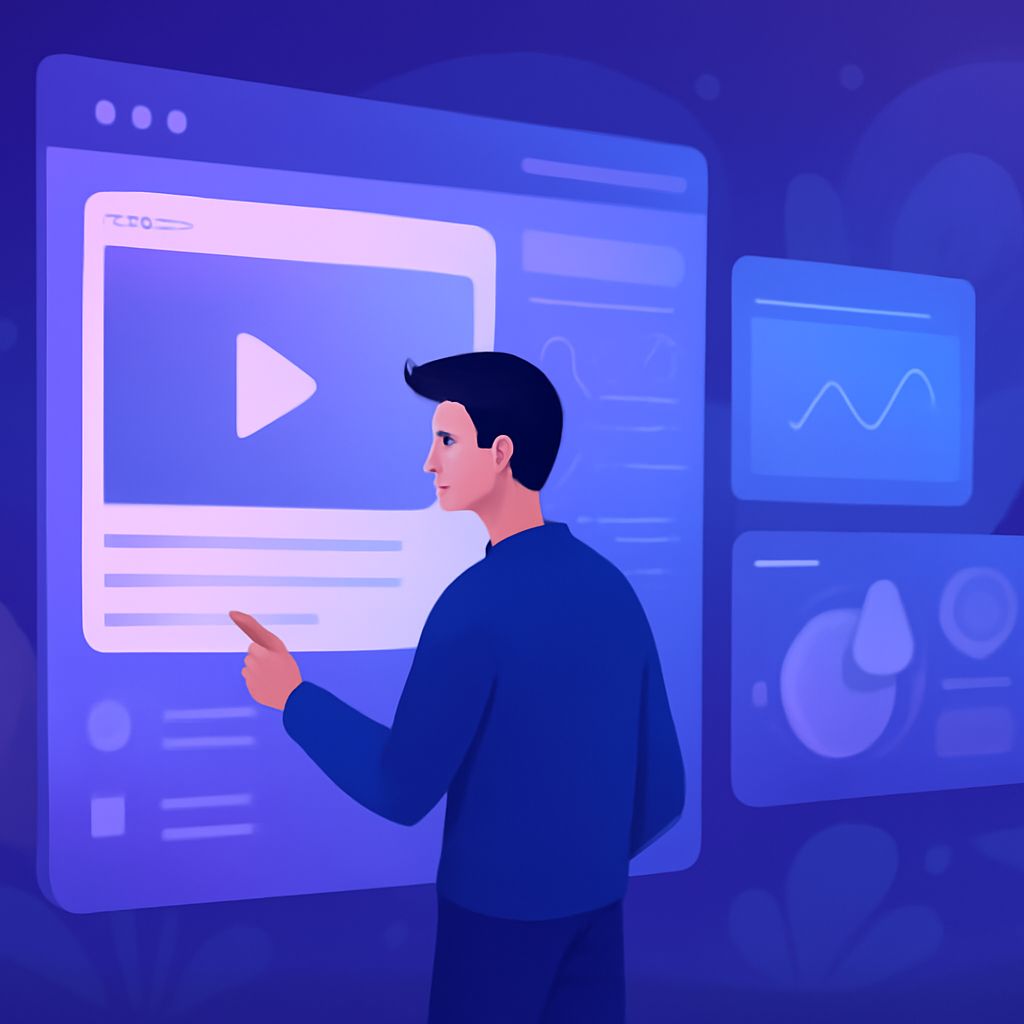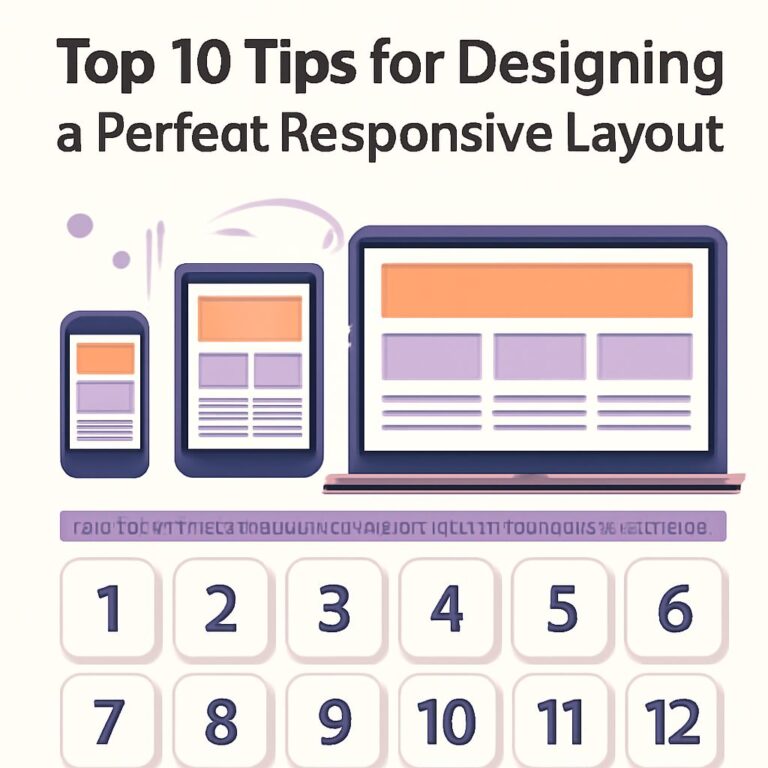Table of Contents
Exploring the Future of Web Design
As we venture further into the digital age, the landscape of web design continues to evolve at an unprecedented pace. The year 2025 promises to showcase innovative designs and interactive elements that can transform user experiences. This article delves into some of the most exciting interactive web design examples that we can expect to see in the near future, highlighting how these advancements will enhance the way users engage with digital content.
1. Immersive Experiences with Augmented Reality
Augmented reality (AR) is quickly becoming a vital component of web design. By overlaying digital information onto the real world, designers are creating immersive experiences that grab users’ attention and encourage interaction. Here are some key features:
- Real-Time Interaction: Users can manipulate 3D objects in their environment through their devices.
- Enhanced Product Displays: E-commerce sites will allow users to see how products fit into their lives before making a purchase.
- Educational Tools: Learning platforms can utilize AR to provide hands-on experiences that enhance understanding.
Example: IKEA Place
This application allows users to place true-to-scale 3D models of furniture in their home using AR, helping them visualize how a product will look in their space.
2. Voice-Activated Interfaces
With the rise of virtual assistants and smart speakers, voice-activated interfaces are set to become a staple of web design. They allow for hands-free navigation and can significantly improve accessibility for users with disabilities.
- Seamless Navigation: Users can find information and interact with content through voice commands.
- Personalization: Voice recognition can tailor experiences based on user preferences and past interactions.
Example: Voice-First Websites
Imagine a news website where users can listen to articles read aloud and navigate using simple voice commands. Such designs will redefine how information is consumed online.
3. Data-Driven Personalization
As data analytics become more sophisticated, web design is evolving to provide personalized experiences based on user behavior. This trend focuses on tailoring content to meet the individual needs of users.
- Dynamic Content: Websites will adjust content in real-time based on user interactions and preferences.
- User Profiles: Creating user profiles can enable more targeted recommendations and experiences.
Example: Netflix
Netflix is renowned for utilizing data to recommend content tailored to individual users, thus enhancing viewer satisfaction and engagement.
4. Micro-Interactions
Micro-interactions are small animations or design elements that respond to user actions. They have the power to make interactions feel more intuitive and engaging.
- Feedback Mechanism: Providing instant feedback when users complete an action, such as liking a post.
- Enhanced Navigation: Subtle animations can guide users through a website and improve overall usability.
Example: Facebook Reactions
The various reaction options on Facebook highlight how micro-interactions can be used to deepen user engagement and offer a more nuanced way to express feelings.
5. Dark Mode and Customizable Themes
Dark mode has gained popularity as a design option that reduces eye strain and enhances battery life on OLED screens. Customizable themes will allow users to tailor their web experience according to personal preferences.
- Accessibility: Offering dark mode can improve accessibility for users with light sensitivity.
- User Control: Giving users the option to select their preferred theme enhances their overall experience.
Example: YouTube
YouTube’s dark mode feature exemplifies how platforms can offer alternative themes that cater to user preferences while also providing functional benefits.
6. Advanced Animation Techniques
Animation has always been a critical part of web design, but the capabilities will increase significantly by 2025. Advanced tools will allow designers to create fluid animations that enhance storytelling.
- Scroll-Triggered Animations: Animations that respond as users scroll can create a more engaging narrative.
- 3D Effects: Websites will incorporate depth and movement to deliver a richer user experience.
Example: Apple
Apple’s product launch pages often feature seamless animations that highlight product features in a captivating manner, setting a standard for immersive web design.
7. Enhanced Storytelling Through Visuals
Visual storytelling is set to take center stage in web design, with an emphasis on crafting compelling narratives through imagery, video, and interactive elements.
- Story-Driven Layouts: Websites will be designed to guide users through a narrative, engaging them emotionally.
- Integrated Multimedia: Combining video, audio, and graphics can create a more immersive experience.
Example: National Geographic
National Geographic is known for its visually-rich storytelling that combines stunning photography with engaging narratives, an approach that will only become more refined in the years to come.
8. Sustainability in Design
As environmental concerns grow, sustainable web design practices will rise. This involves creating websites that are not just aesthetically pleasing but also environmentally friendly.
- Energy-Efficient Coding: Minimizing code bloat to reduce server energy consumption.
- Eco-Friendly Hosting: Utilizing servers powered by renewable energy.
Example: The Ocean Cleanup
The website for The Ocean Cleanup effectively communicates its mission while employing sustainable practices in its web design, serving as a model for others to follow.
Conclusion
The future of web design is filled with exciting possibilities that focus on enhancing user interaction and engagement. From augmented reality to advanced animations and sustainable practices, these trends will significantly define how users experience the web in 2025. As designers adopt these innovative approaches, we can expect a more inclusive, engaging, and visually stunning digital landscape.
FAQ
What are the key features of interactive web design in 2025?
In 2025, interactive web design emphasizes user engagement through dynamic elements, personalized experiences, and seamless navigation, often leveraging AI and machine learning for enhanced interactivity.
How does user experience impact interactive web design trends?
User experience is central to interactive web design trends; designers focus on creating intuitive interfaces that respond to user behavior and preferences, ensuring easier access to information.
What role does artificial intelligence play in web design by 2025?
By 2025, artificial intelligence plays a crucial role in web design, enabling real-time customization, predictive analytics, and automated design processes that enhance user interaction.
What are some examples of successful interactive web design from 2025?
Successful examples of interactive web design in 2025 include immersive storytelling websites, gamified interfaces, and platforms that incorporate VR and AR for a unique user experience.
How can businesses benefit from adopting interactive web design?
Businesses can benefit from interactive web design by increasing user engagement, improving conversion rates, and fostering customer loyalty through personalized and memorable online experiences.
What technologies are driving interactive web design advancements in 2025?
Technologies such as WebAssembly, progressive web apps (PWAs), and advanced JavaScript frameworks are driving advancements in interactive web design, enabling faster load times and richer user experiences.









